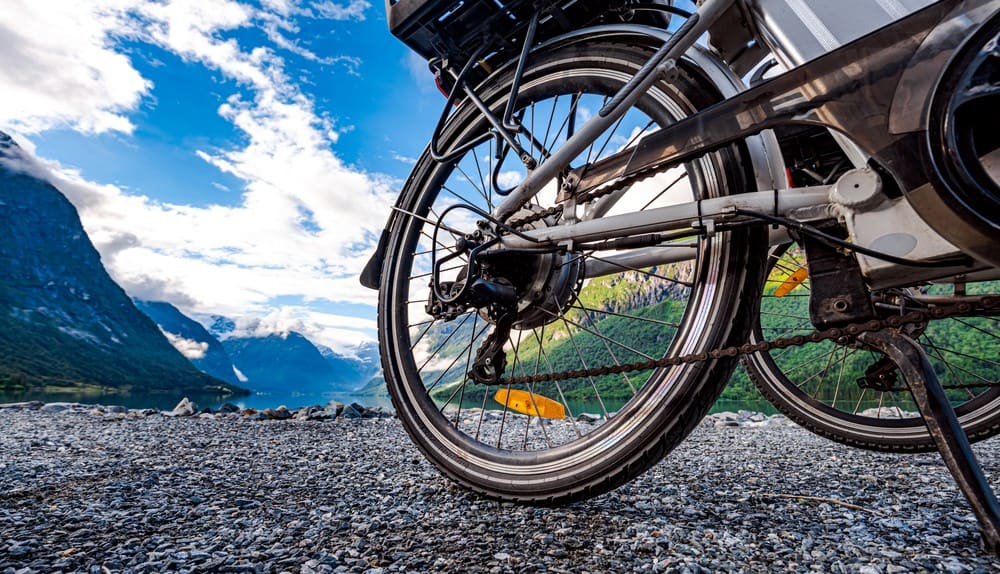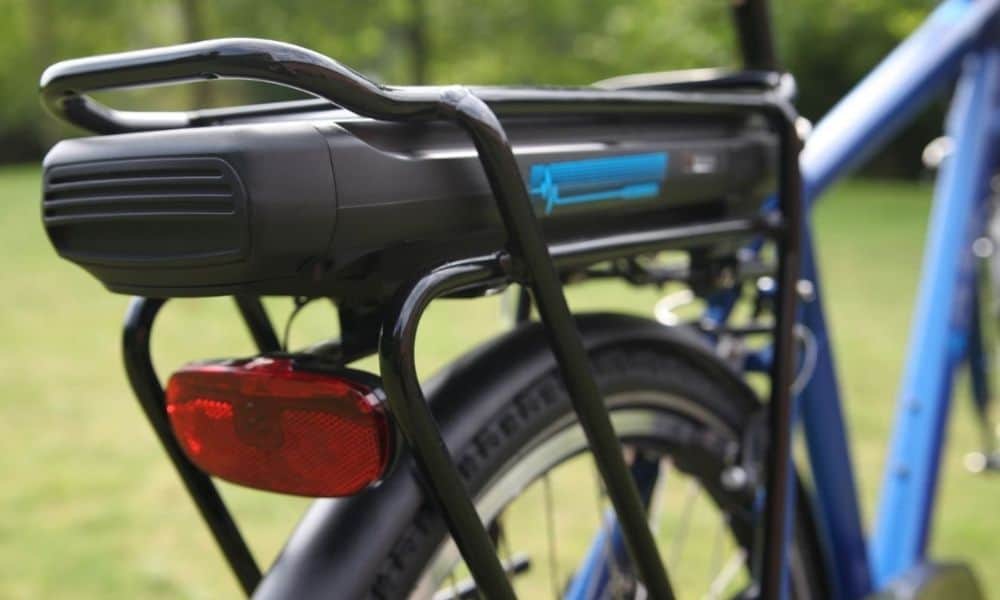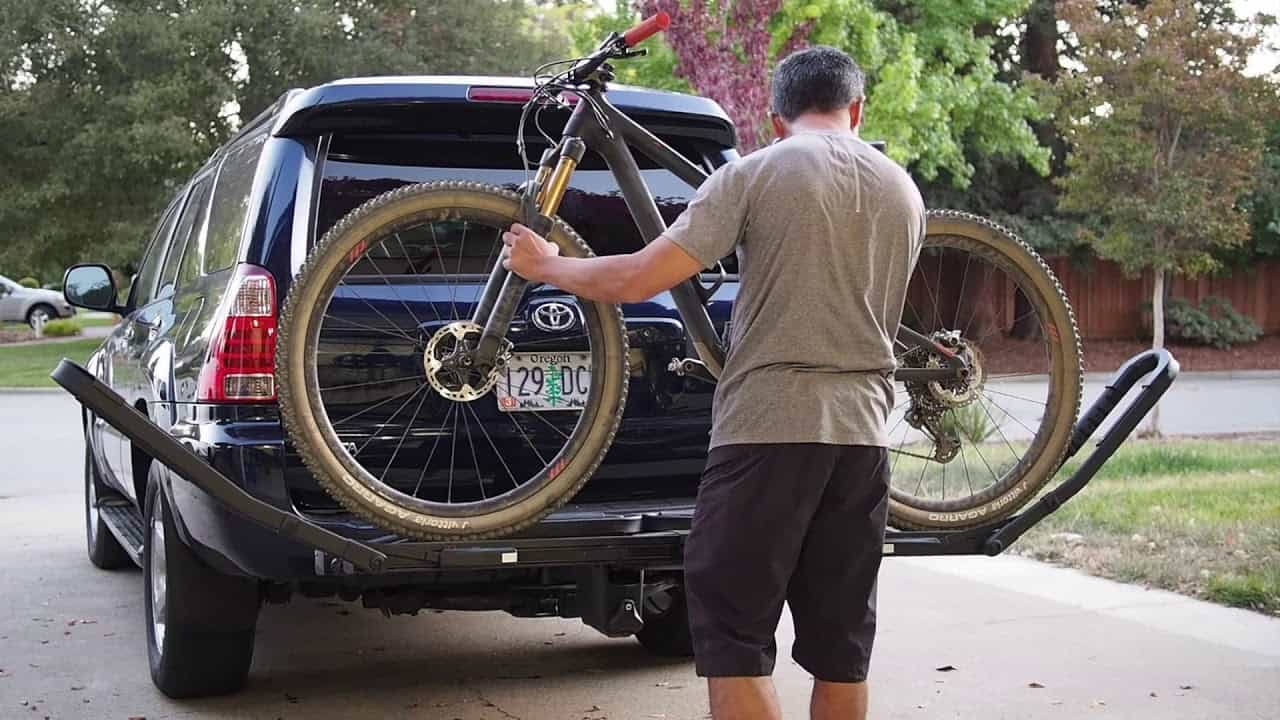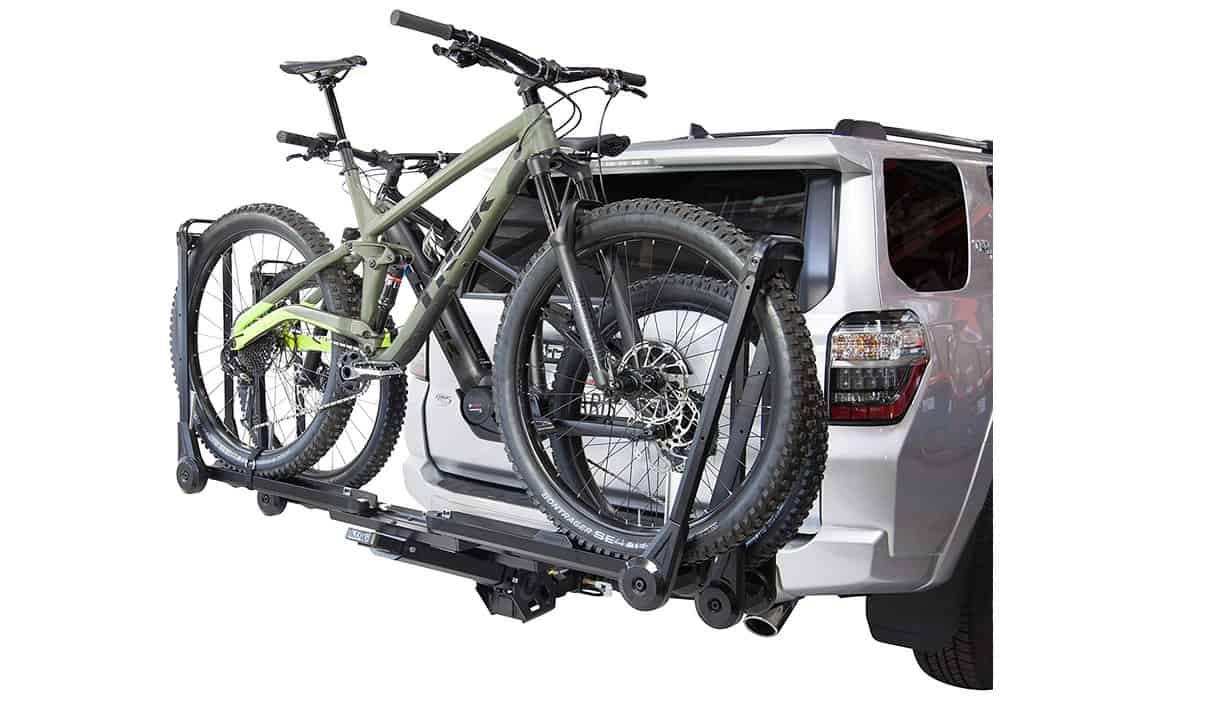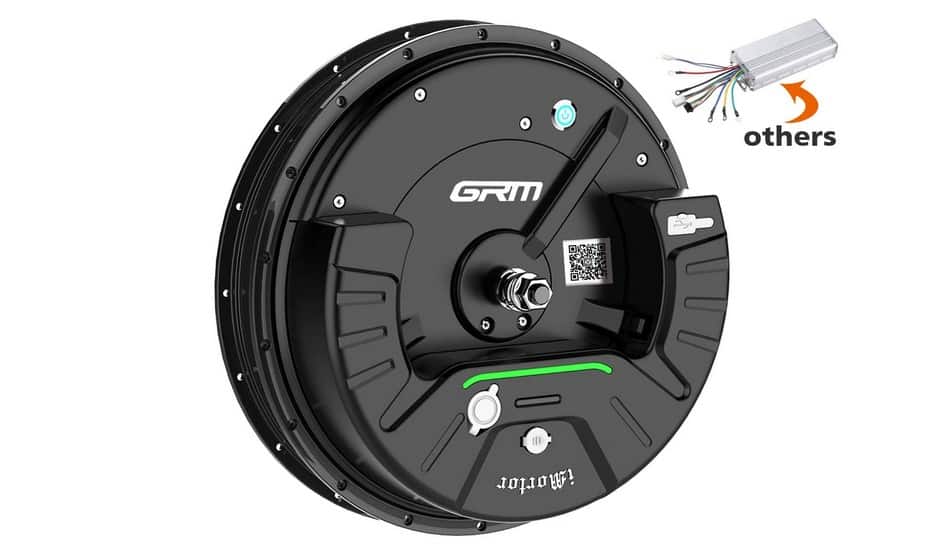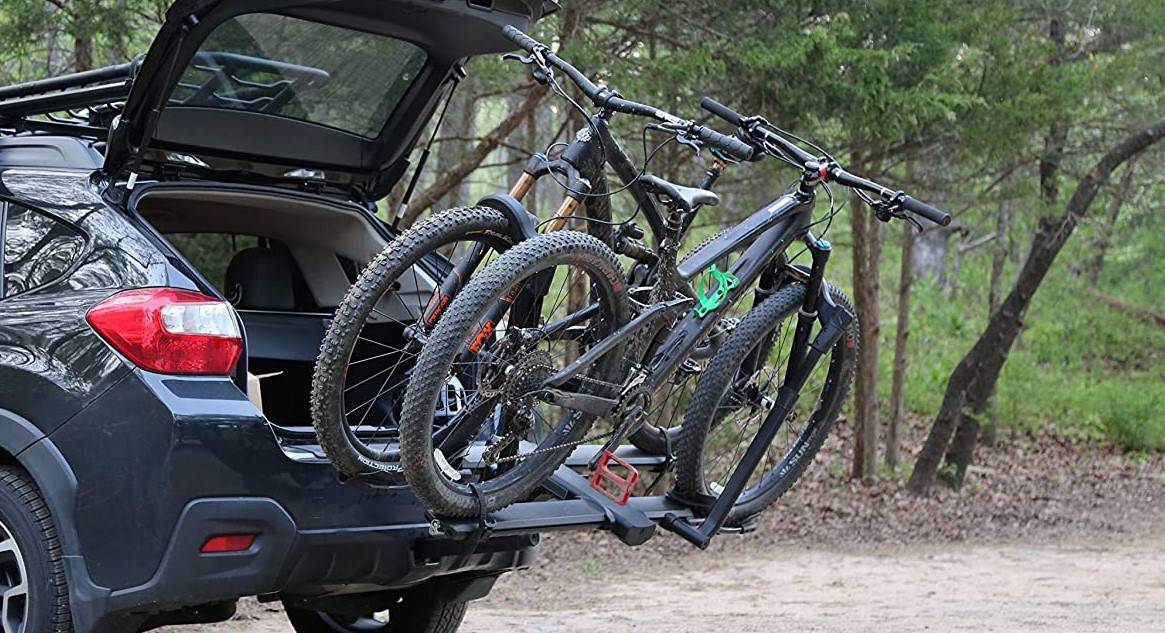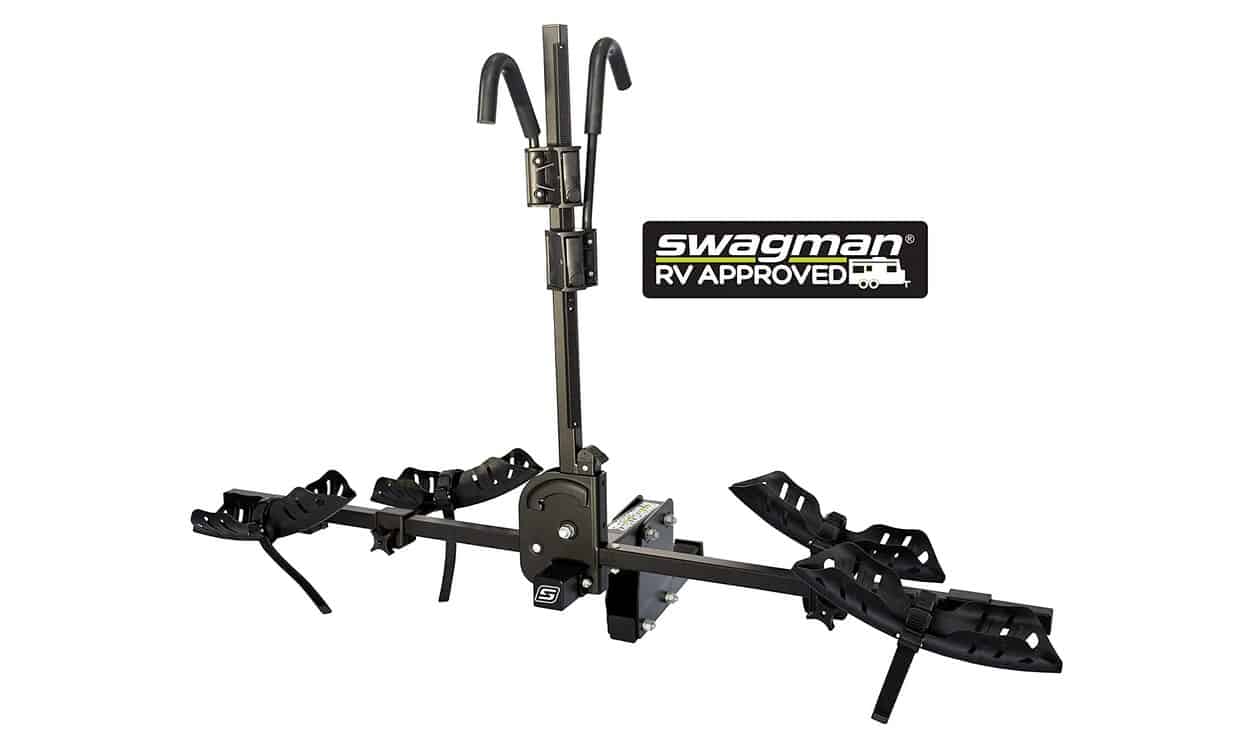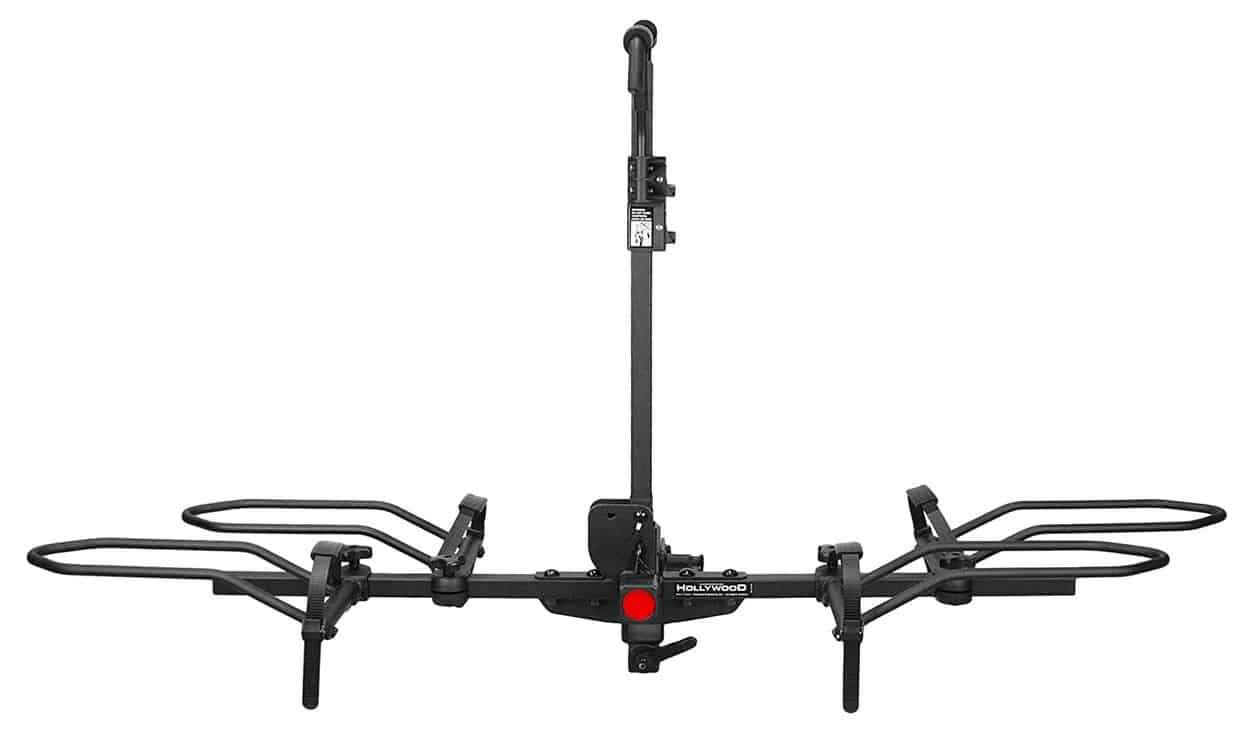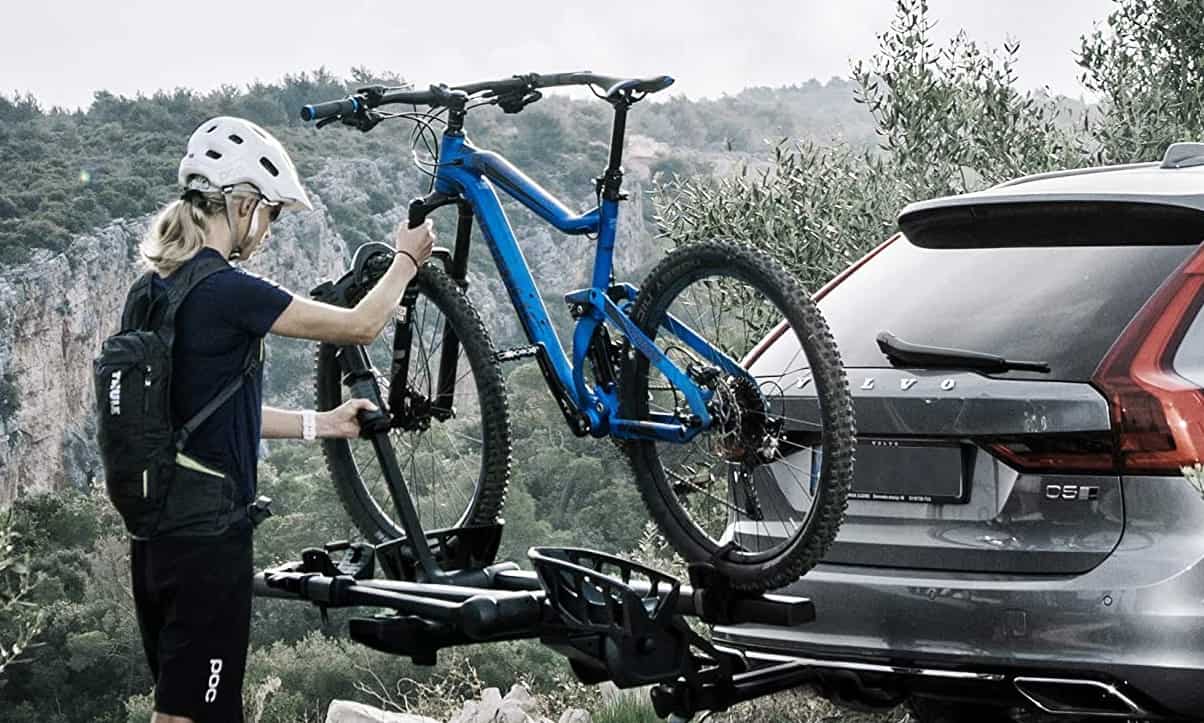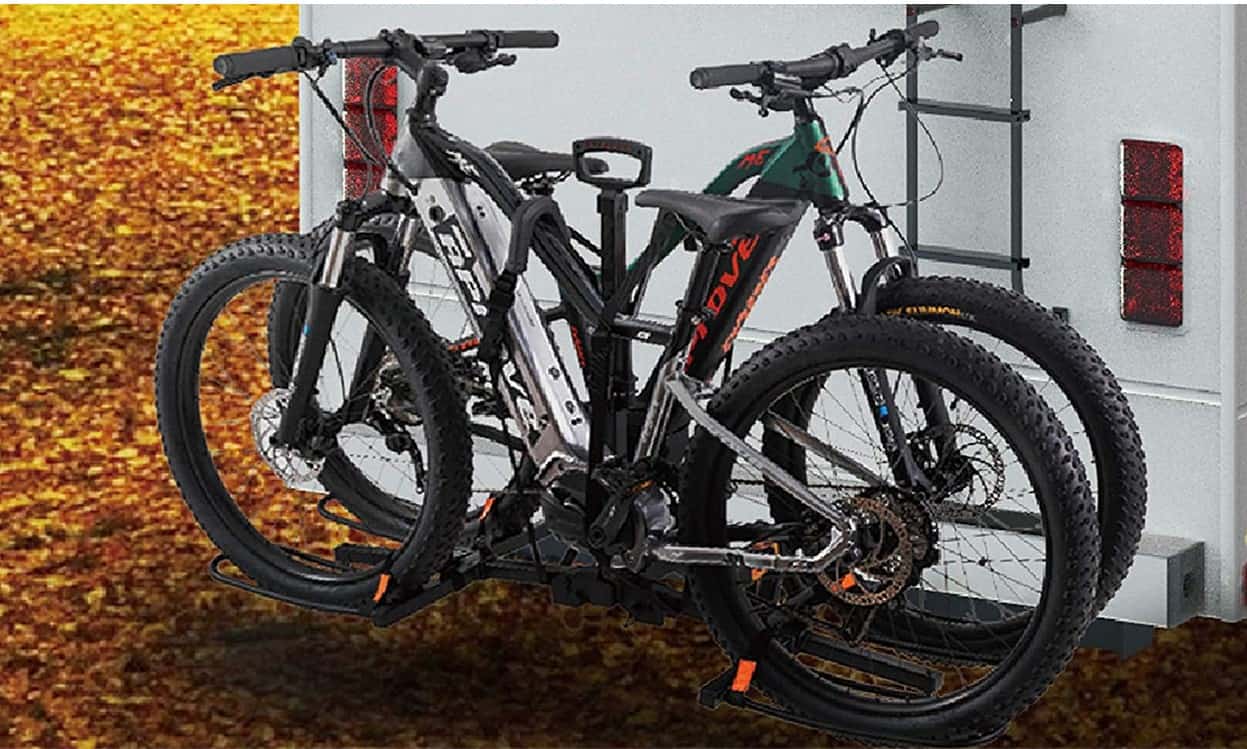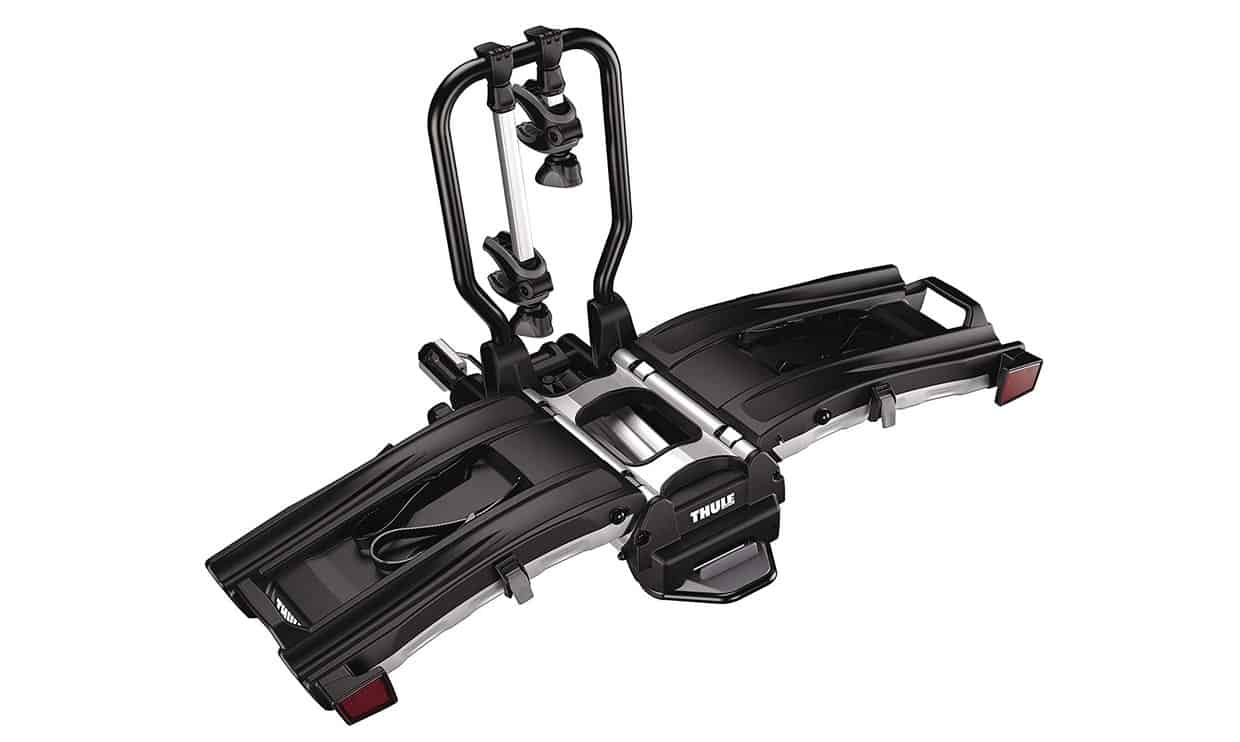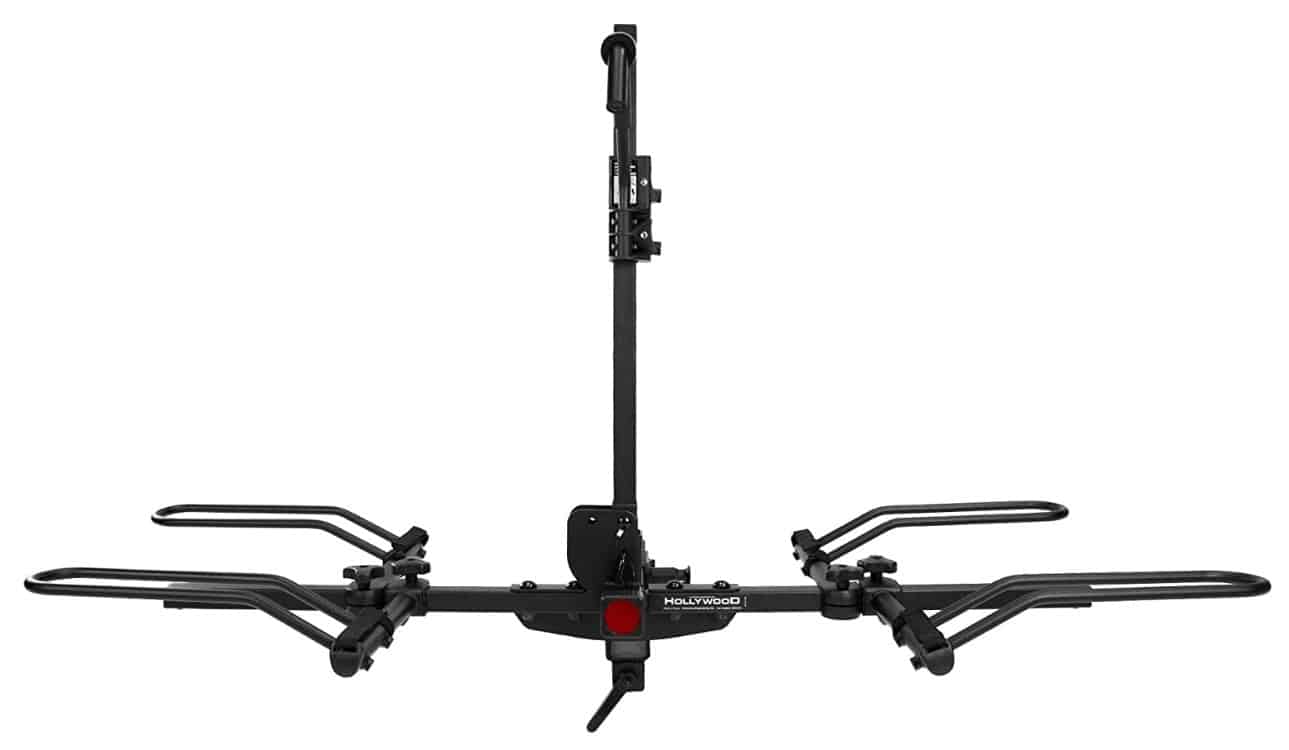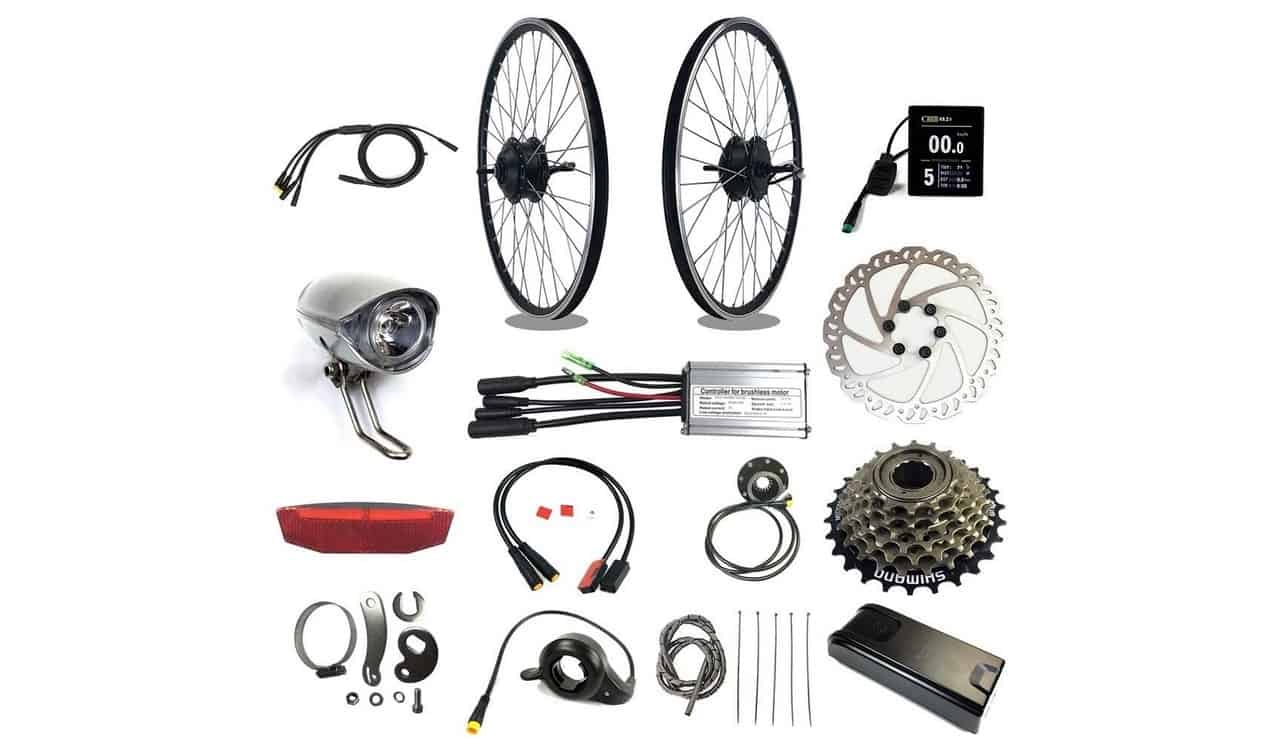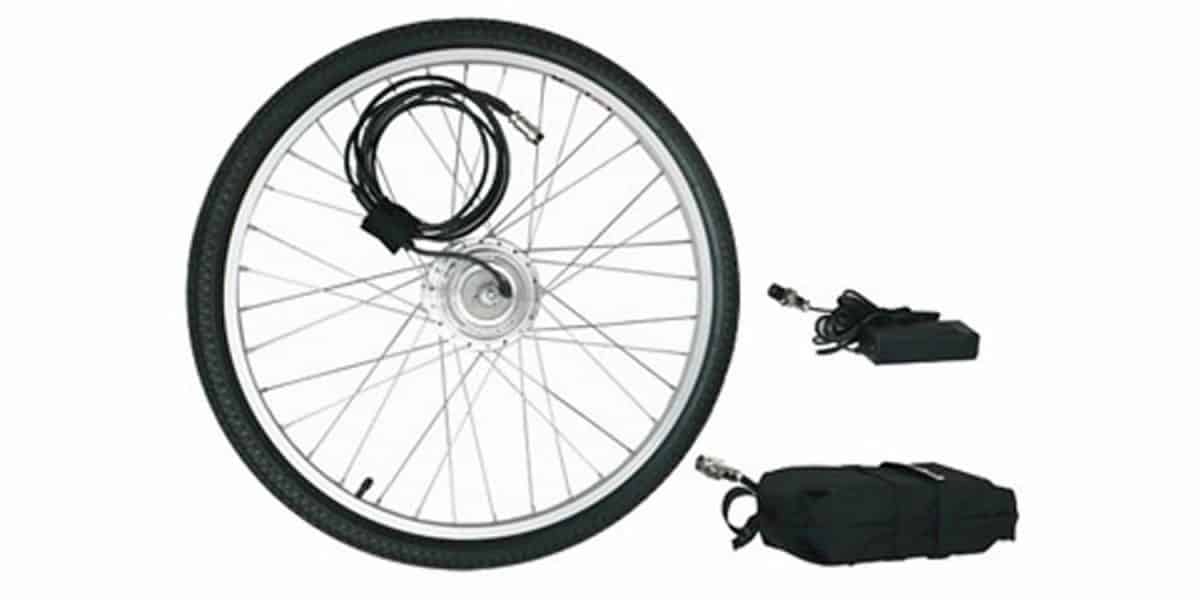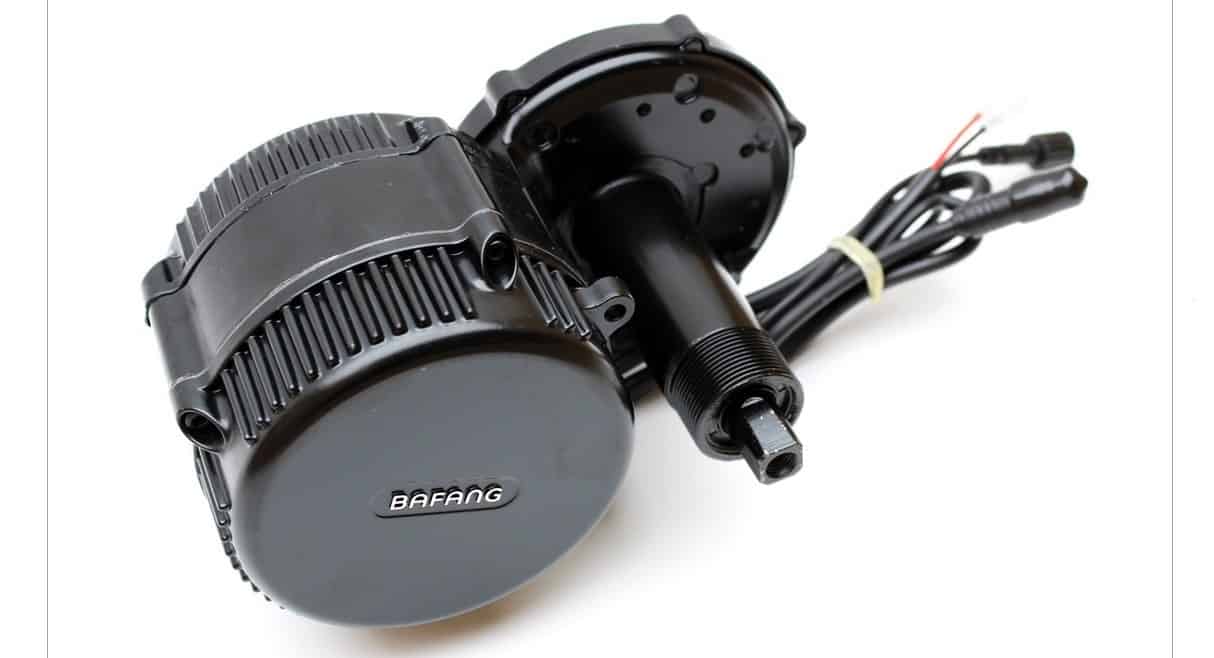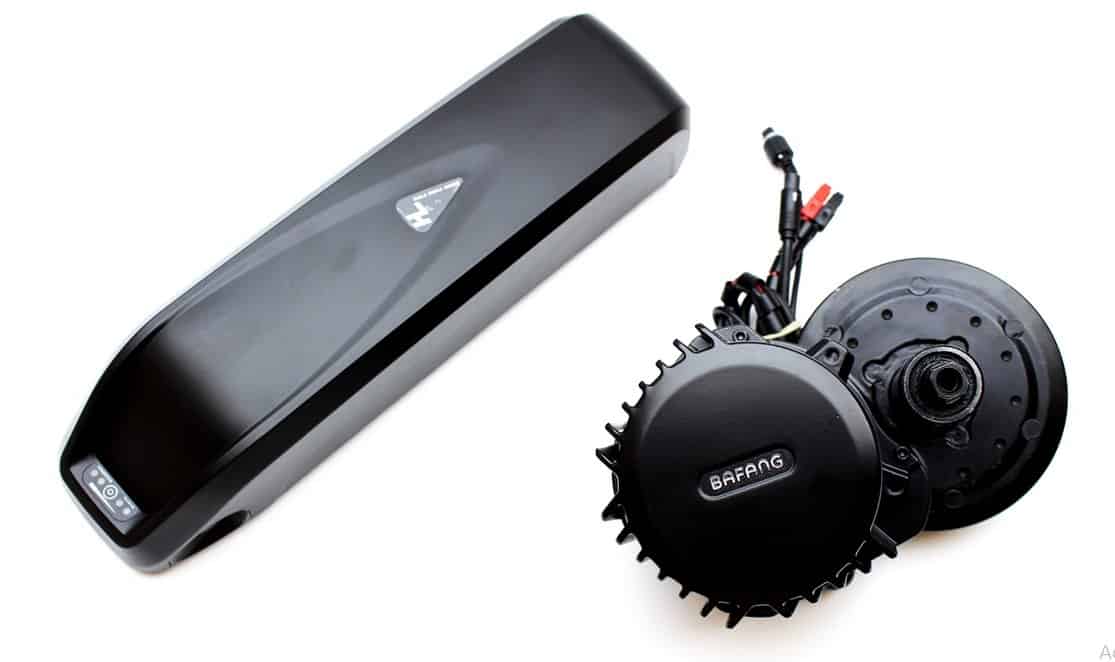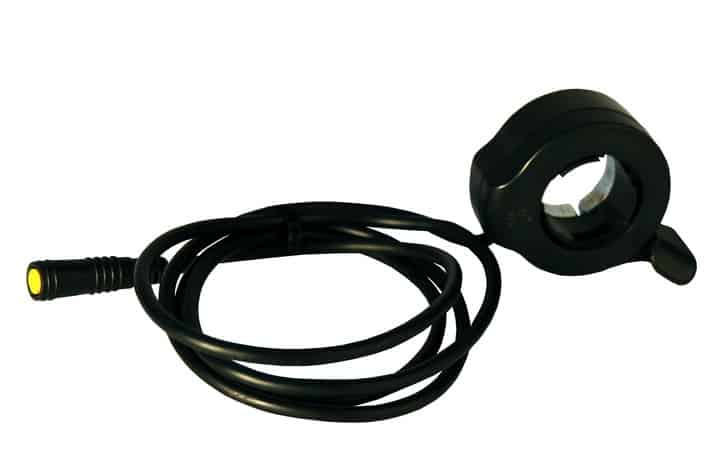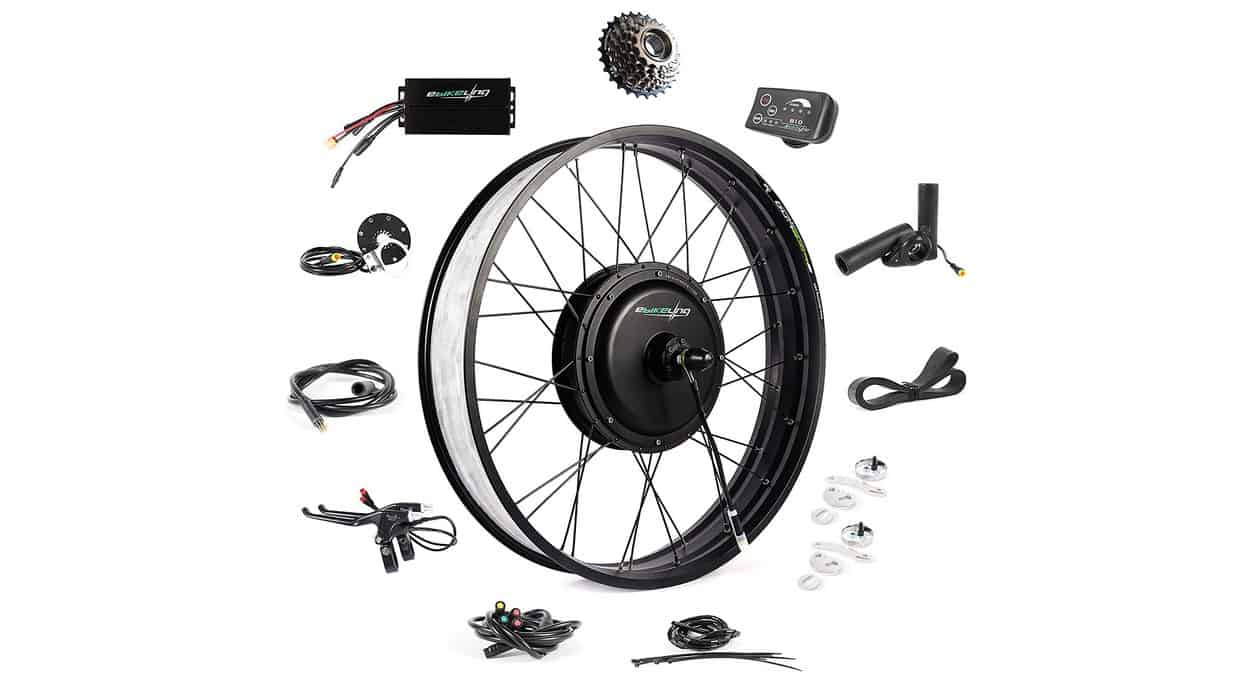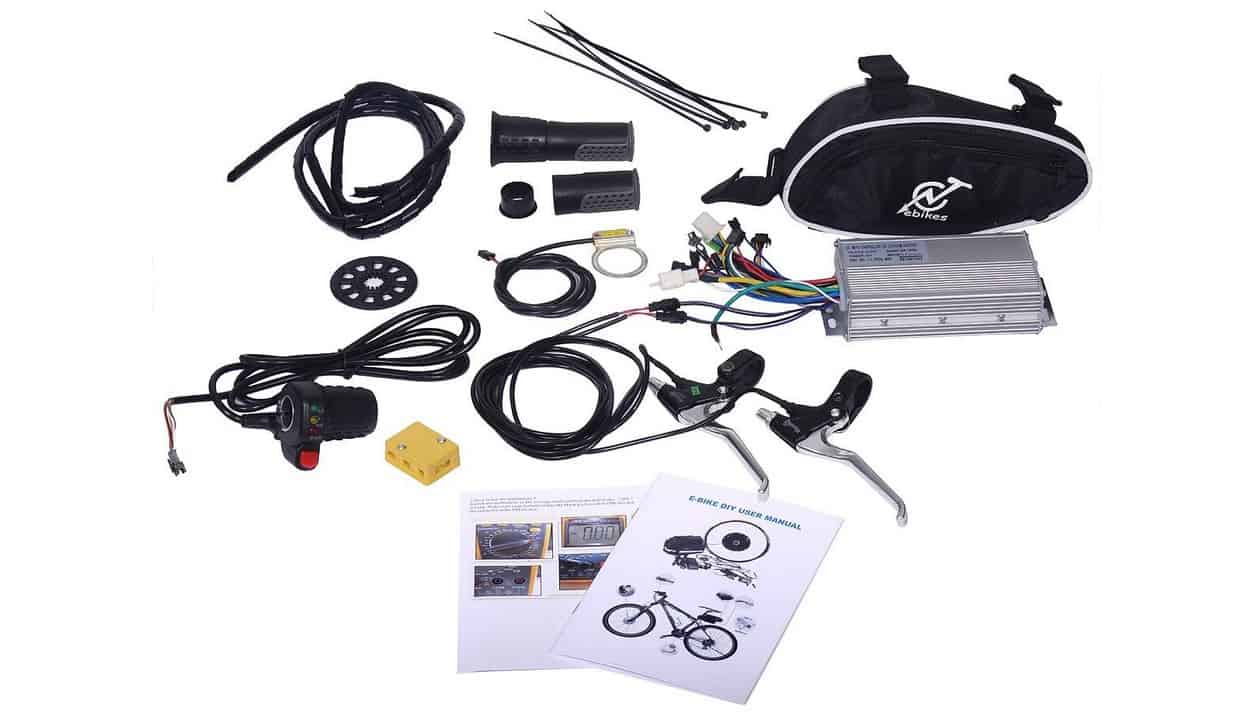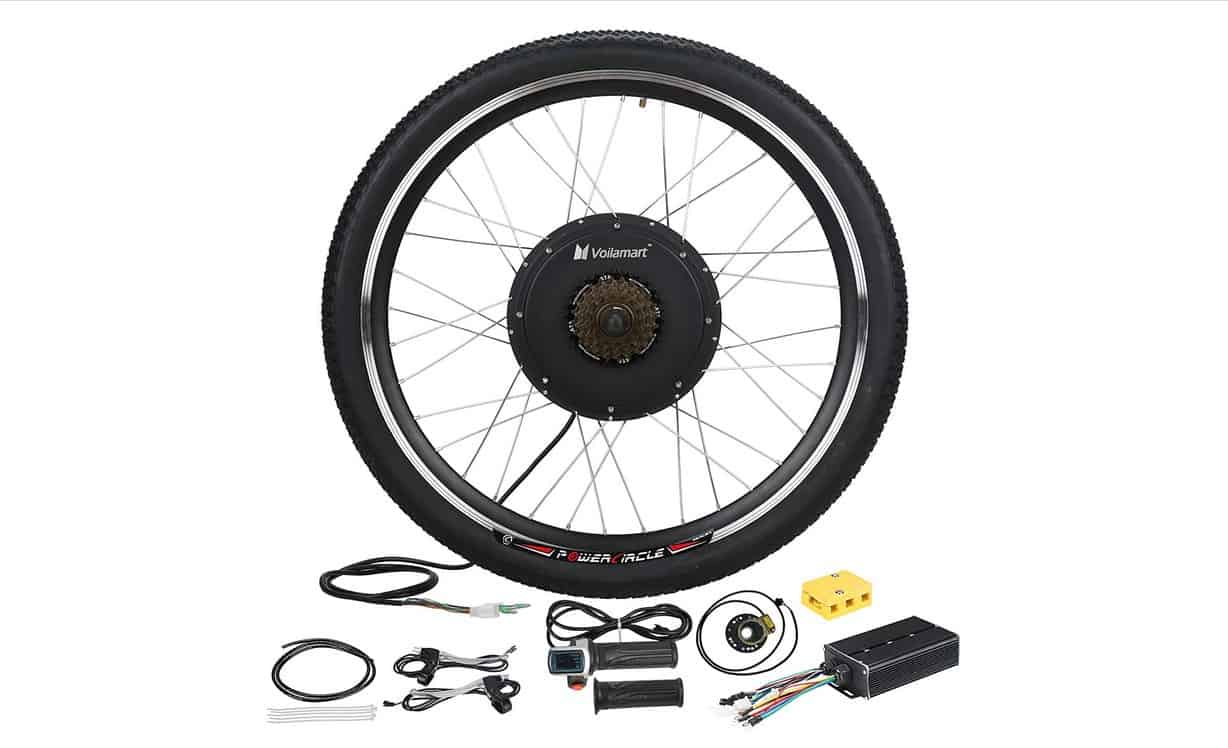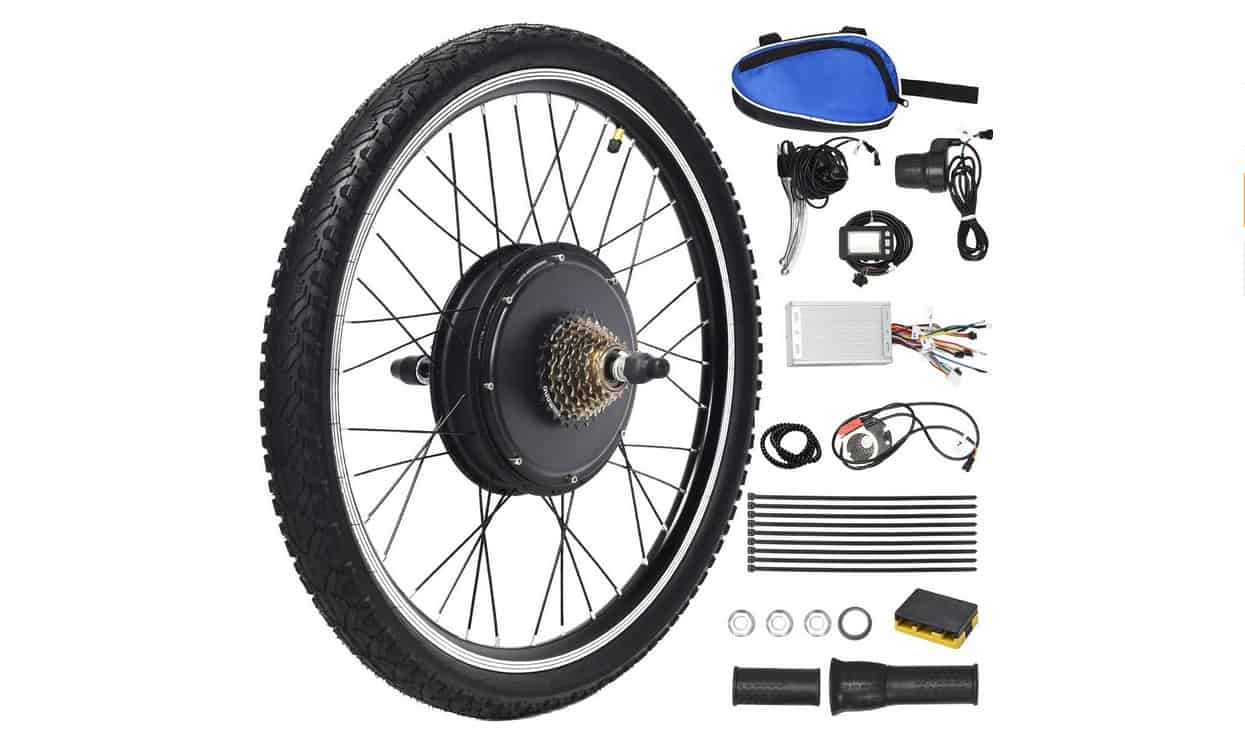If you are looking for an electric bike conversion kit with an electronic controller and an electric motor to turn your standard bike into an e-bike, you may be comparing electric bike conversion kits with brushed vs brushless motors. The best electric bikes and conversion kits, after all, tend to include one of these types of motors. Here are the differences between the two
KEY TAKEAWAYS:
- When it comes to the motor designs found with e-bike conversion kits, you have brushed DC motors and brushless DC motors to choose from.
- Brushless motors are more durable and long-lasting, as there are fewer points of contact between sensitive components.
- Brushless motors also allow for higher maximum speeds, though they are more expensive.
Differences Between Brushed and Brushless Motors
When it comes to the motor types typically found in electric bikes and conversion kits alike, they fall into one of two categories. Brushed DC motors use a configuration of wound wire coil to interact with electromagnets and the motor itself. The coil does not rotate, but the brushes come into contact with the electromagnetic regularly, which are the primary differences from a brushed DC motor.
Brushed DC motors, otherwise known as a BLDC motors, use a permanent magnet to reach a similar result as a brushless motor. The coil rotates to meet this magnet, but there is no physical contact otherwise. This leads to a number of performance differences, which are slightly in line with when you compare direct drive vs a geared motor with electric bikes.
Insider Tip
Electric bike conversion kits will save you money over a pre-manufactured e-bike, but the installation process may be lengthy.
Durability
Brushed DC hub motors are generally thought to be more durable and long-lasting than brushed hub motors. Why? There is not much physical contact between the components so they tend to stay in tip-top shape for a longer period of time. Brushless hub motors, on the other hand, feature brushes that constantly come into contact with the motor coil and other components. This leads to a degradation of these components, particularly the brushes themselves. In other words, you will have to get these brushes replaced regularly as a part of your overall maintenance routine.
Speed
Generally speaking, brushless motors allow for higher maximum speeds than brushed DC motors. This all boils down to energy efficiency. Brushless motors are highly efficient (85-90%) compared to brushed motors (75-80%). This increased efficiency also translates to battery life, which is important if you are comparing electric bike batteries of 36v and 12ah vs 48v 9ah.
Cost
Brushless motors will tend to cost more than brushed motor designs, which will translate to the cost of the e-bike or conversion kit itself.
F.A.Q.S
Are e-bike conversion kits worth it?
These kits include an electric motor, a rotary switch, and motor controllers, along with a lithium battery pack. They allow you to turn a pre-existing bike into an e-bike, thus saving on costs. For some, they are worth it.
Are e-bike conversion kits legal?
These bikes are legal, assuming the motor does not go faster than legally allowed. If you have a high-powered motor with plenty of motor power, you may need a license and insurance.
What does it take to install an e-bike kit?
You will need a bike to install the kit on and a variety of tools. Check the instructions for details.
STAT: A University of Tennessee study provides evidence that energy expenditure (EE) and oxygen consumption (VO2) for e-bikes are 24% lower than that for conventional bicycles, and 64% lower than for walking. (source)
REFERENCES:

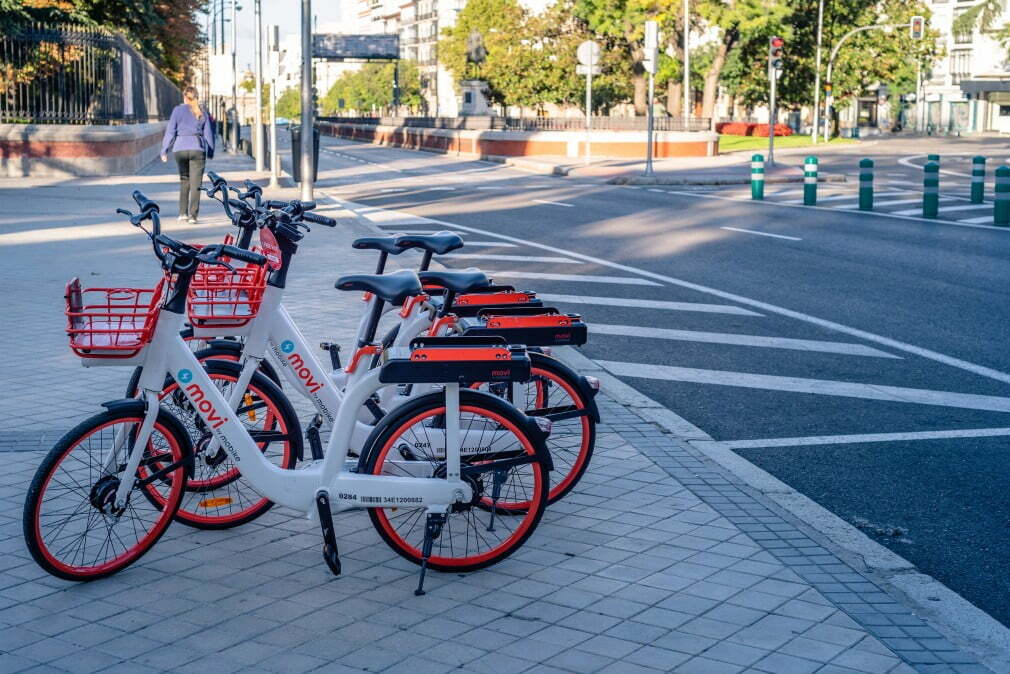













![Best Batteries for Electric Bikes in [year] 7 Best Batteries for Electric Bikes in 2026](https://www.gadgetreview.dev/wp-content/uploads/best-battery-for-electric-bike.jpeg)
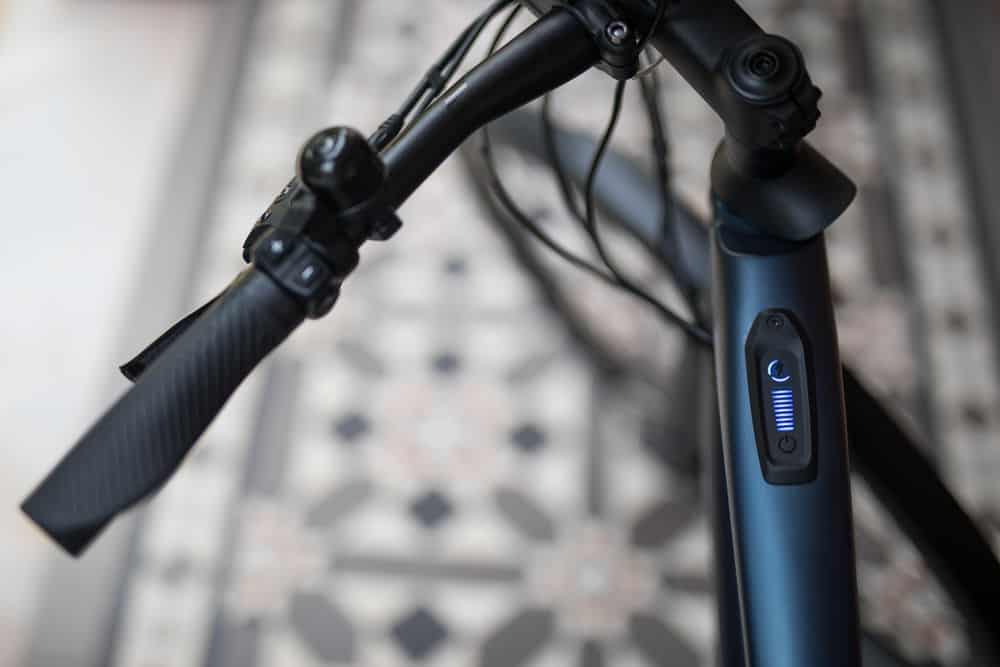
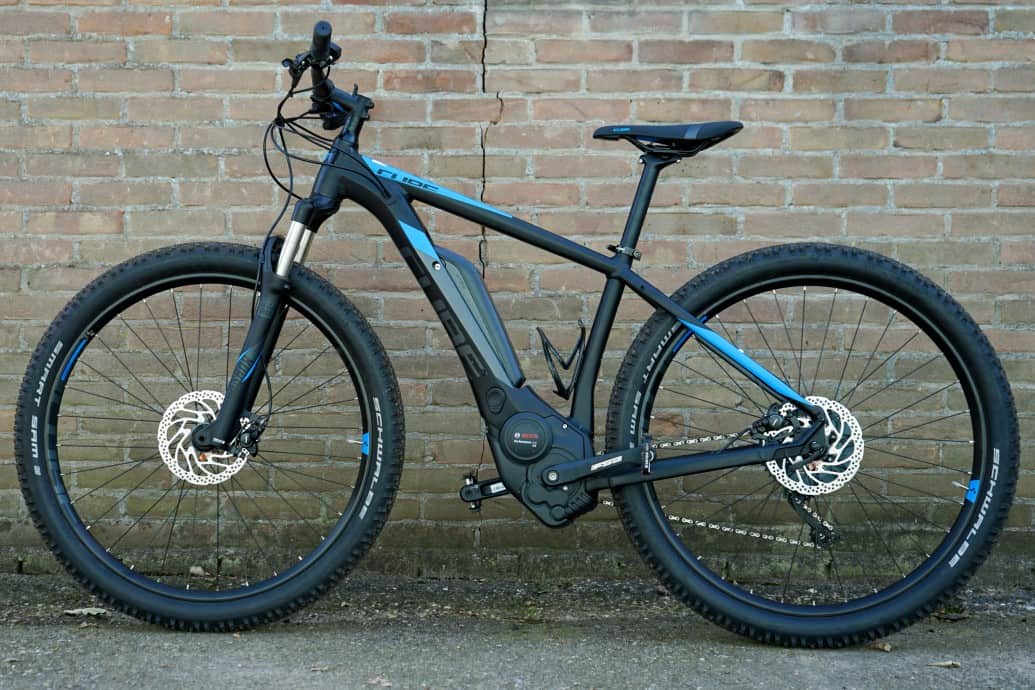
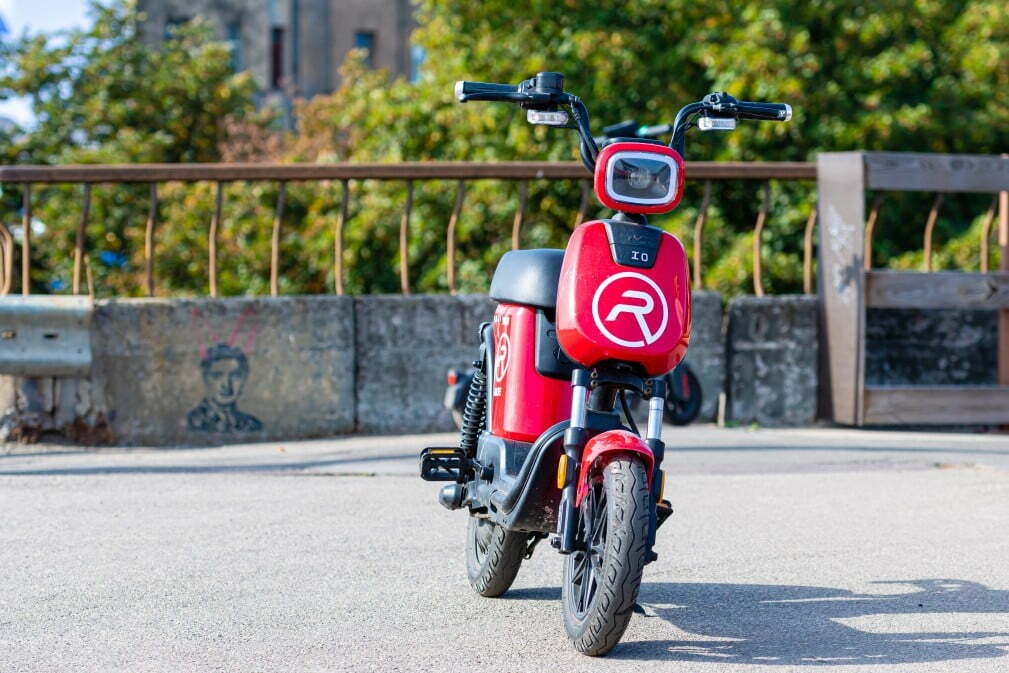
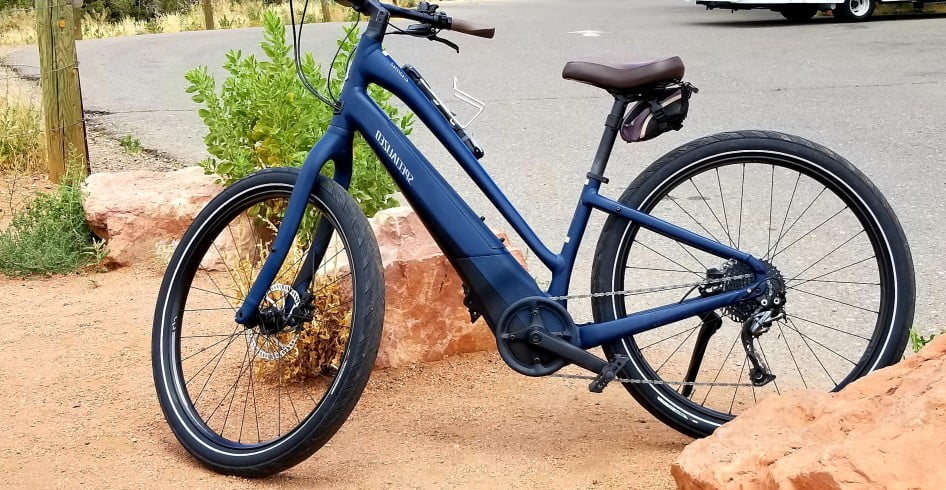
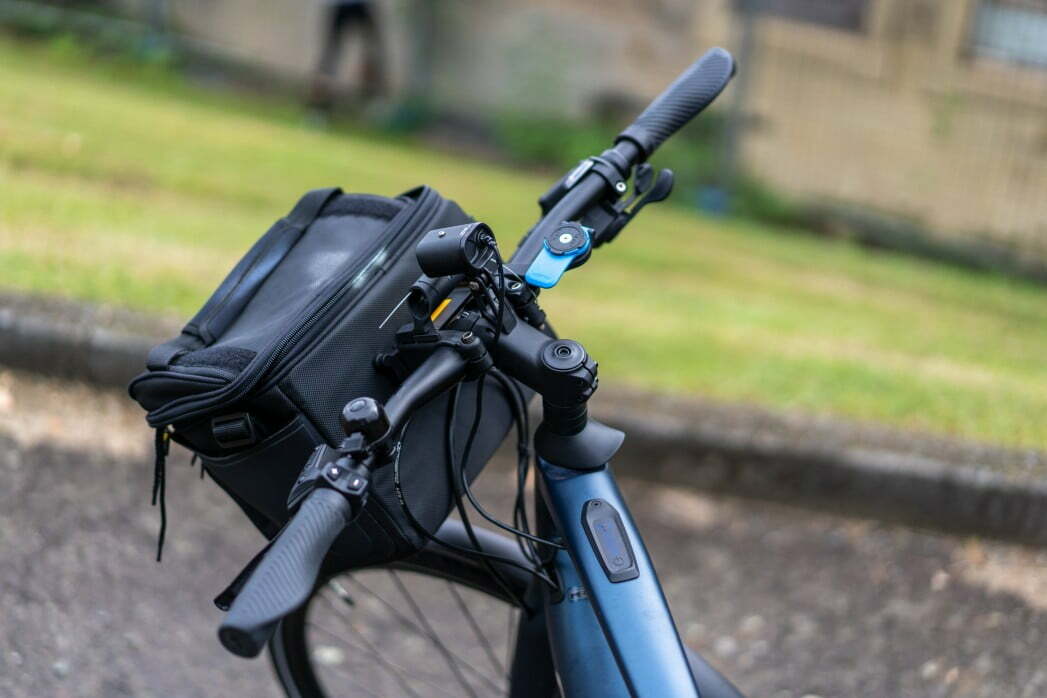
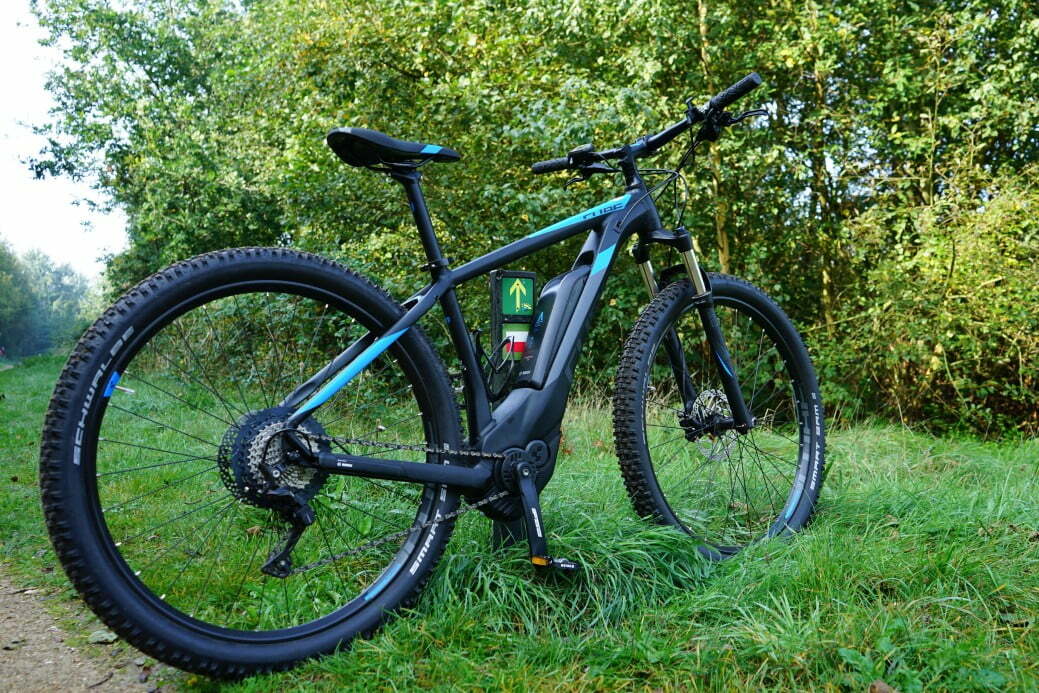
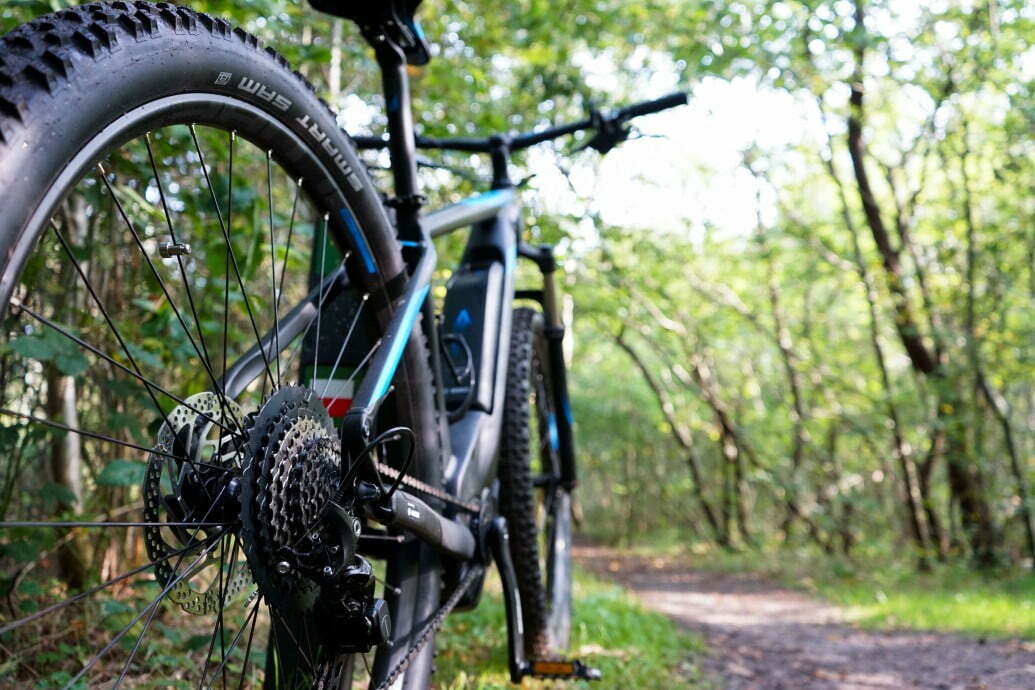
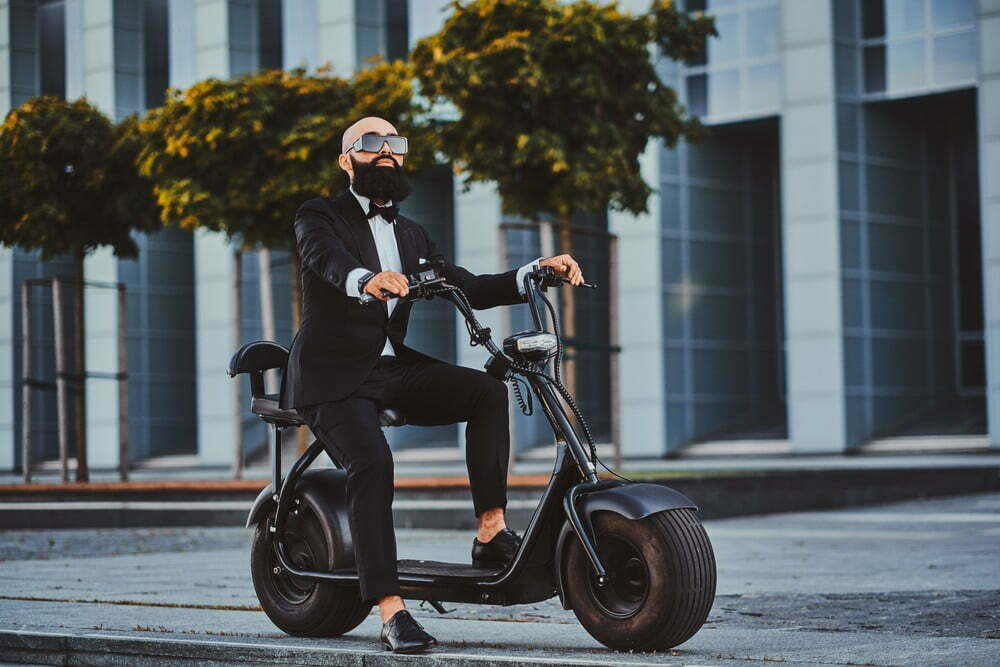
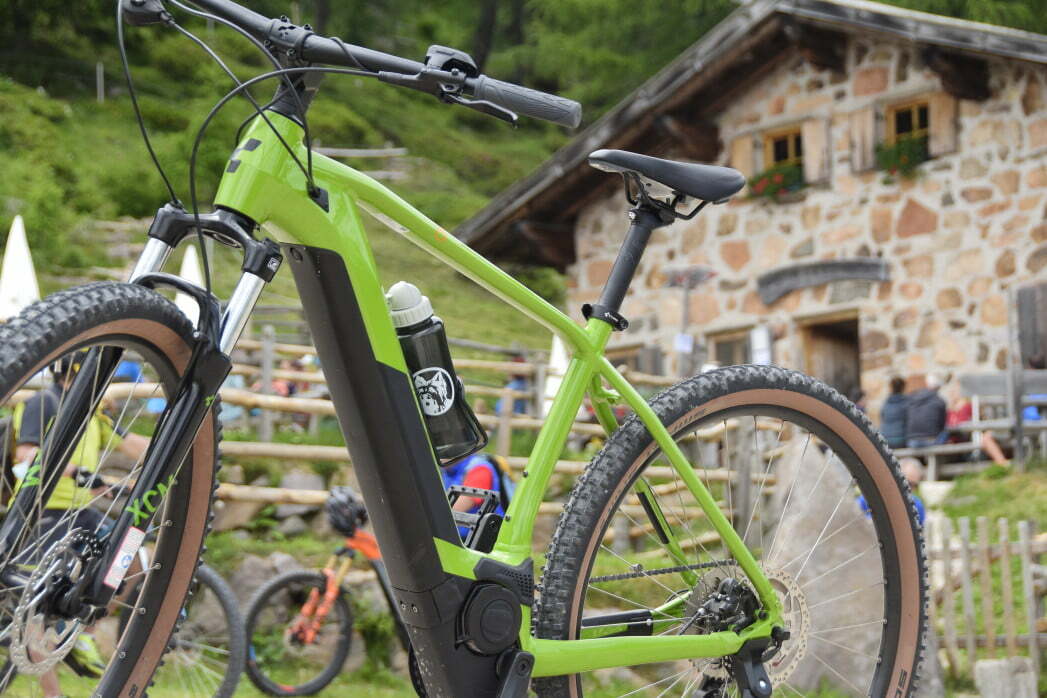
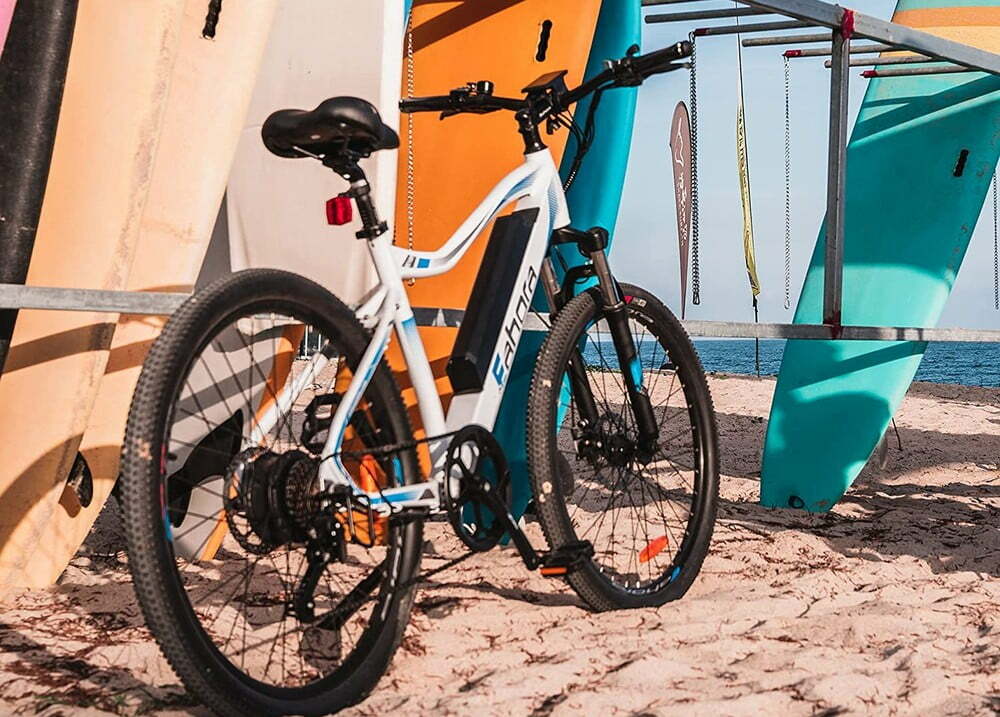
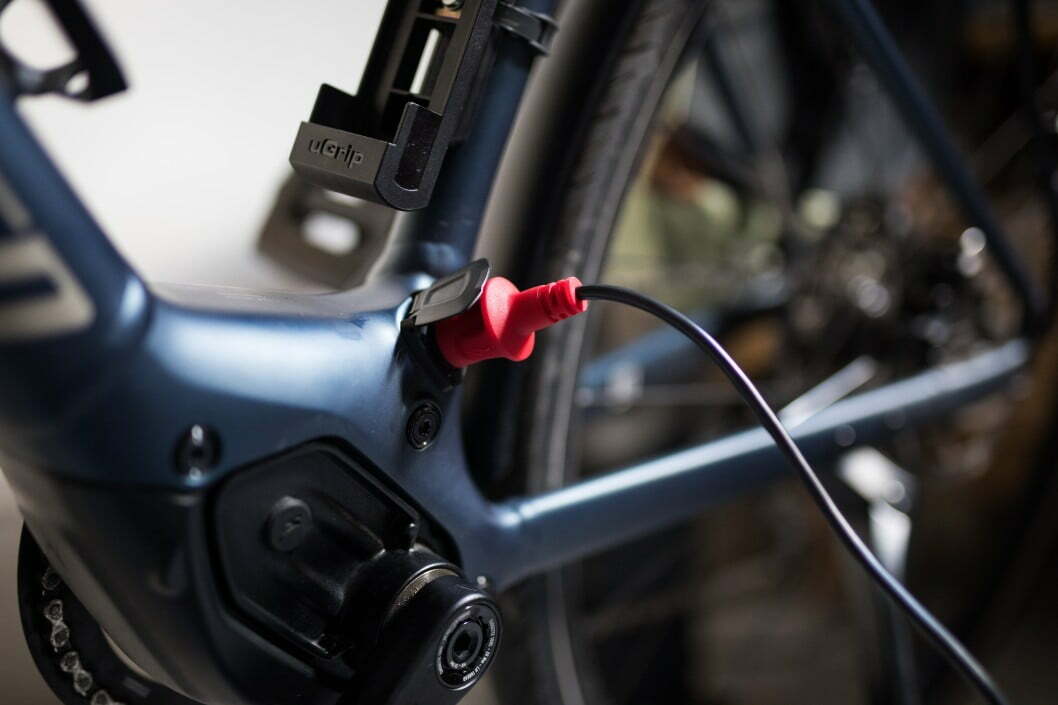
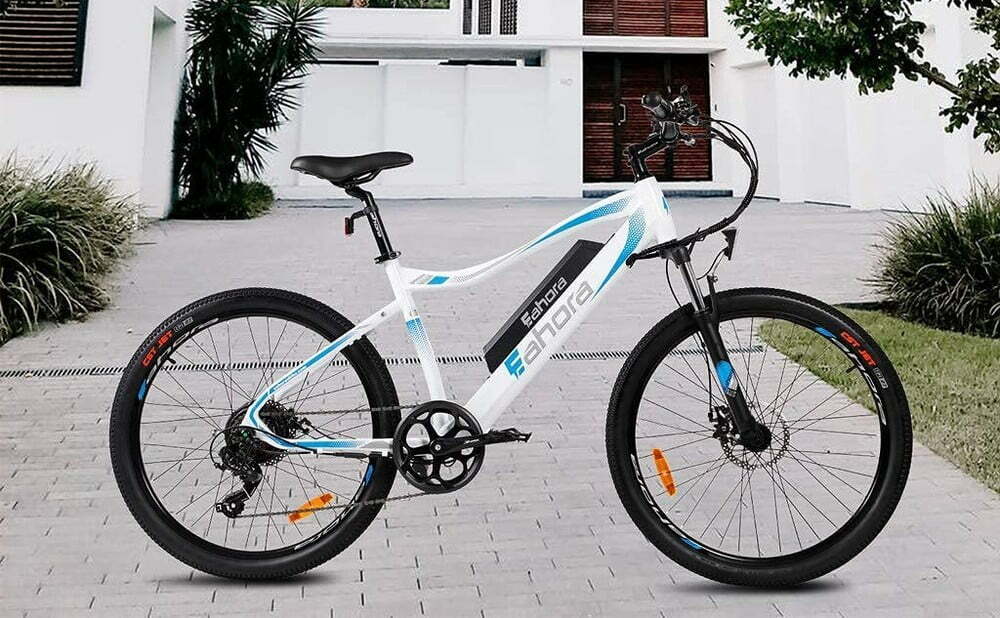
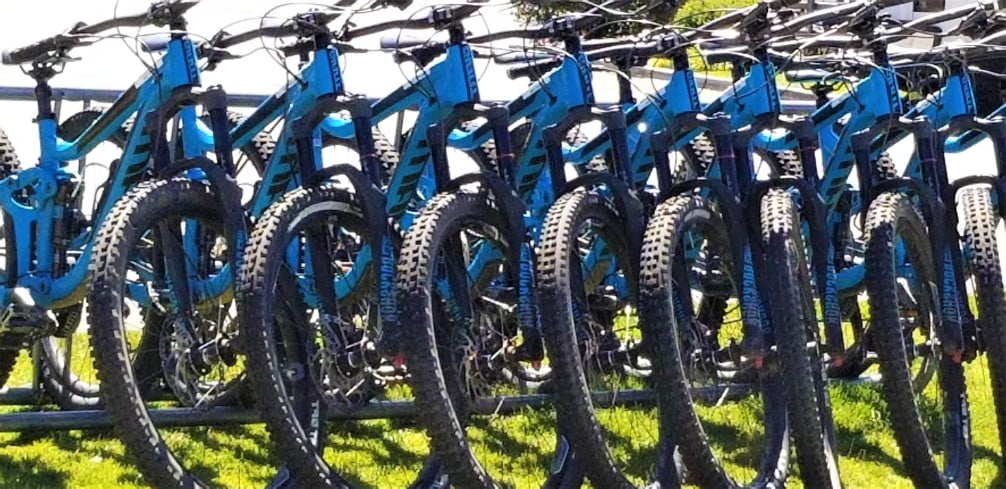

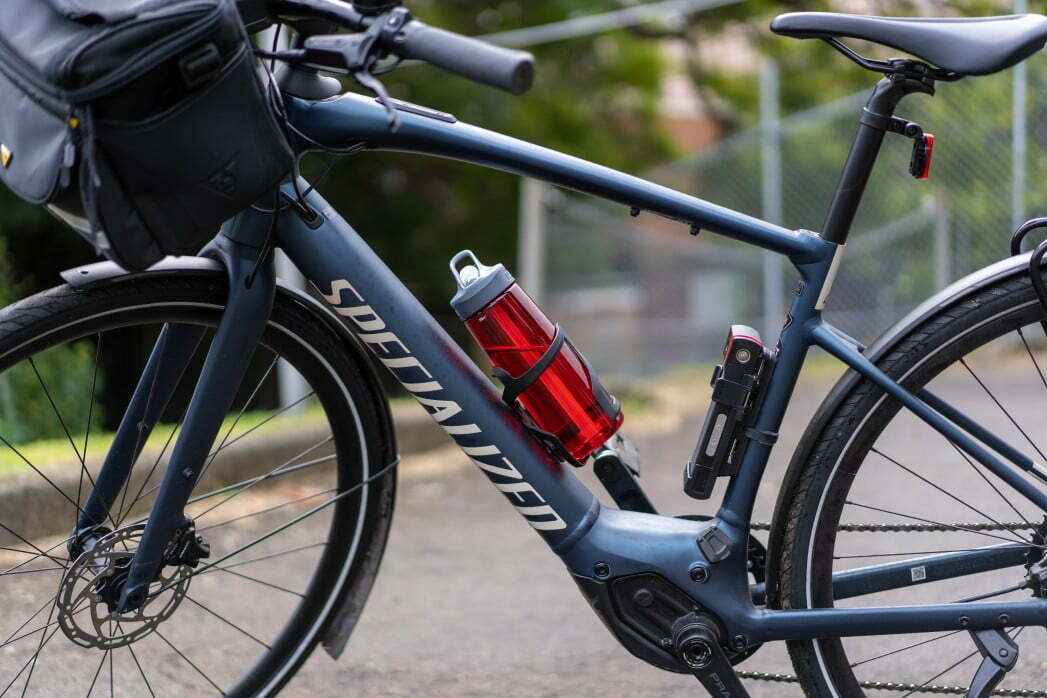
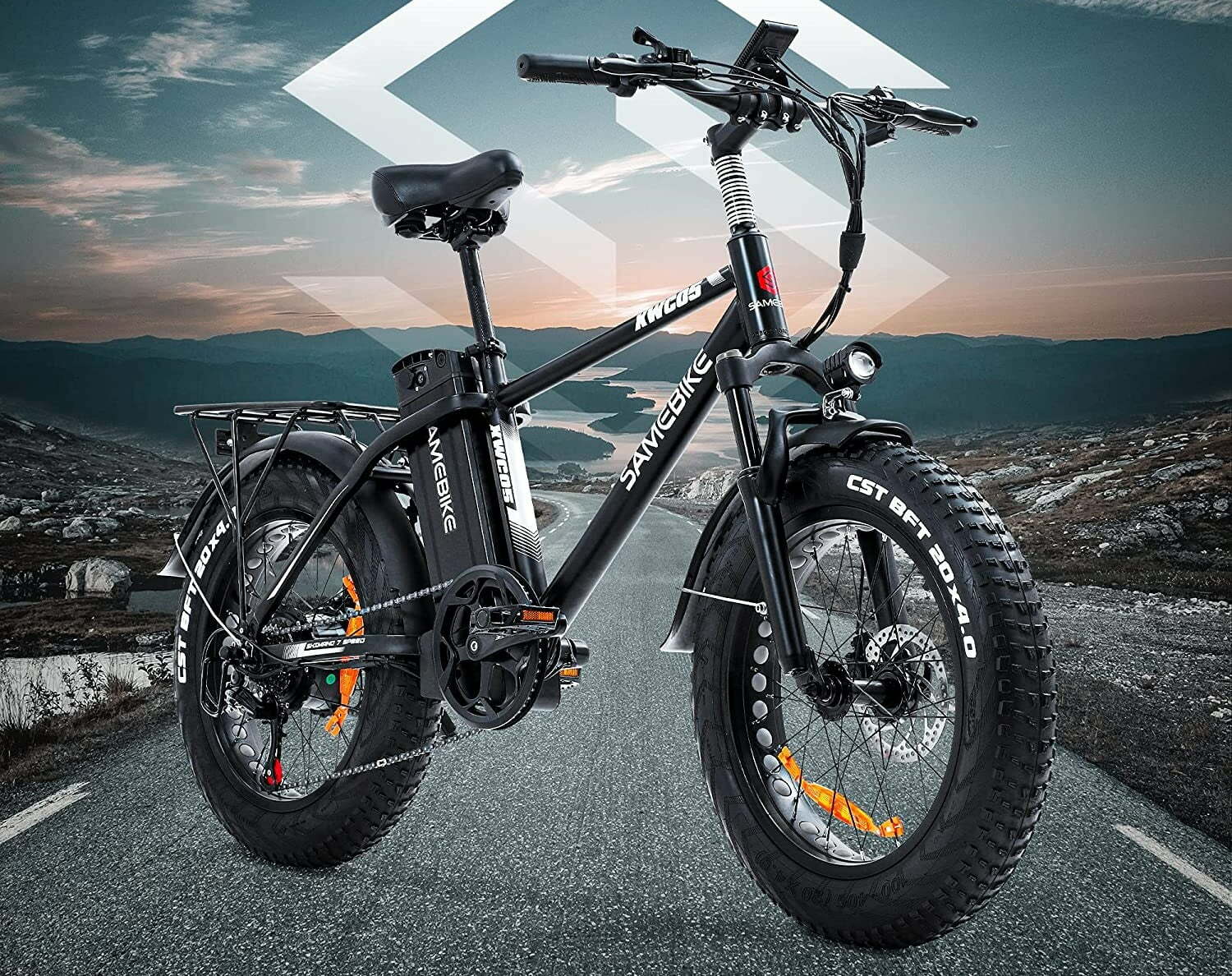
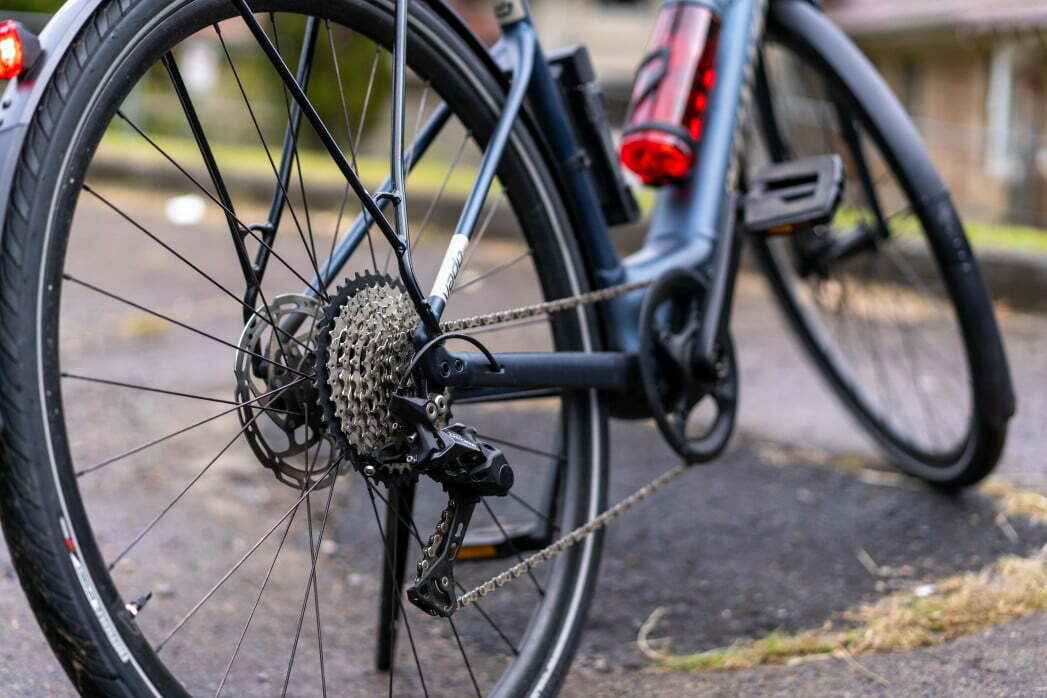
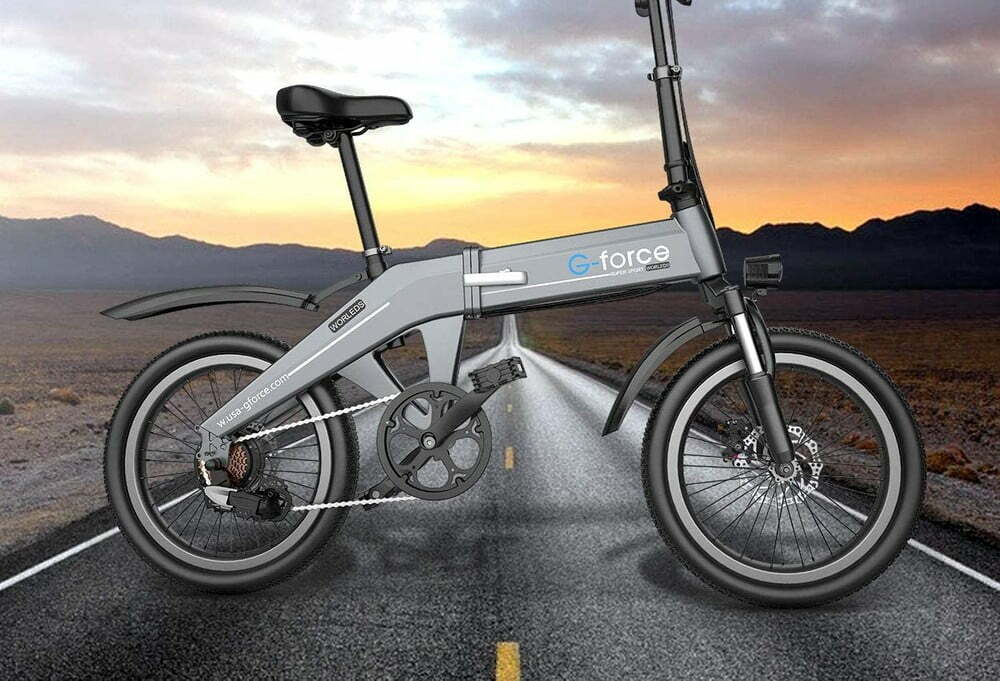
![Best Electric Bike in [year] ([month] Reviews) 27 Best Electric Bike in 2026 (January Reviews)](https://www.gadgetreview.dev/wp-content/uploads/elby-s9-750x422-1.png)
![Best Bikes in [year] ([month] Reviews) 28 Best Bikes in 2026 (January Reviews)](https://www.gadgetreview.dev/wp-content/uploads/cheapest-electric-bikes-1.jpg)
![Best Front Drive Electric Motor Bikes in [year] 29 Best Front Drive Electric Motor Bikes in 2026](https://www.gadgetreview.dev/wp-content/uploads/best-front-drive-electric-motor-bikes-image.jpg)
![Best Cannondale Electric Bikes in [year] 30 Best Cannondale Electric Bikes in 2026](https://www.gadgetreview.dev/wp-content/uploads/best-cannondale-electric-bikes-image.jpg)
![Best Luna Cycle Electric Bikes in [year] 31 Best Luna Cycle Electric Bikes in 2026](https://www.gadgetreview.dev/wp-content/uploads/Luna-Cycle-Apex-Electric-Bike.webp)
![Best Rad Power Electric Bikes in [year] 32 Best Rad Power Electric Bikes in 2026](https://www.gadgetreview.dev/wp-content/uploads/best-rad-power-electric-bikes-image.jpg)
![Best Rear Drive Motor Electric Bikes in [year] 33 Best Rear Drive Motor Electric Bikes in 2026](https://www.gadgetreview.dev/wp-content/uploads/best-rear-drive-motor-electric-bikes-image.jpg)
![Best Ebike Conversion Kits in [year] 34 Best Ebike Conversion Kits in 2026](https://www.gadgetreview.dev/wp-content/uploads/best-ebike-conversion-kit.jpg)
![Best Electric Bike Locks in [year] 35 Best Electric Bike Locks in 2026](https://www.gadgetreview.dev/wp-content/uploads/best-electric-bike-locks-image.jpg)
![Ebikes with Longest Range in [year] 36 Ebikes with Longest Range in 2026](https://www.gadgetreview.dev/wp-content/uploads/best-ebike-with-longest-range-image.jpg)
![Best Electric Bike Trailers in [year] 37 Best Electric Bike Trailers in 2026](https://www.gadgetreview.dev/wp-content/uploads/best-electric-bike-trailers-image.jpg)
![Best Bike Rack for Electric Bikes in [year] 38 Best Bike Rack for Electric Bikes in 2026](https://www.gadgetreview.dev/wp-content/uploads/best-bike-rack-for-electric-bikes-image.jpg)
![Best Electric Bike Helmets in [year] 39 Best Electric Bike Helmets in 2026](https://www.gadgetreview.dev/wp-content/uploads/best-electric-bike-helmets-image.jpg)
![Best Throttle Electric Bikes in [year] 40 Best Throttle Electric Bikes in 2026](https://www.gadgetreview.dev/wp-content/uploads/best-throttle-electric-bike-image.jpg)
![Lightest Electric Bikes in [year] 41 Lightest Electric Bikes in 2026](https://www.gadgetreview.dev/wp-content/uploads/lightest-electric-bike-image.jpg)
![Best Schwinn Electric Bikes in [year] 42 Best Schwinn Electric Bikes in 2026](https://www.gadgetreview.dev/wp-content/uploads/Electric-Bikes-image.jpg)
![Best All Terrain Electric Bikes in [year] 43 Best All Terrain Electric Bikes in 2026](https://www.gadgetreview.dev/wp-content/uploads/best-all-terrain-electric-bike-image.jpg)
![Best Cheapest Electric Bikes in [year] 44 Best Cheapest Electric Bikes in 2026](https://www.gadgetreview.dev/wp-content/uploads/cheapest-electric-bikes.jpg)
